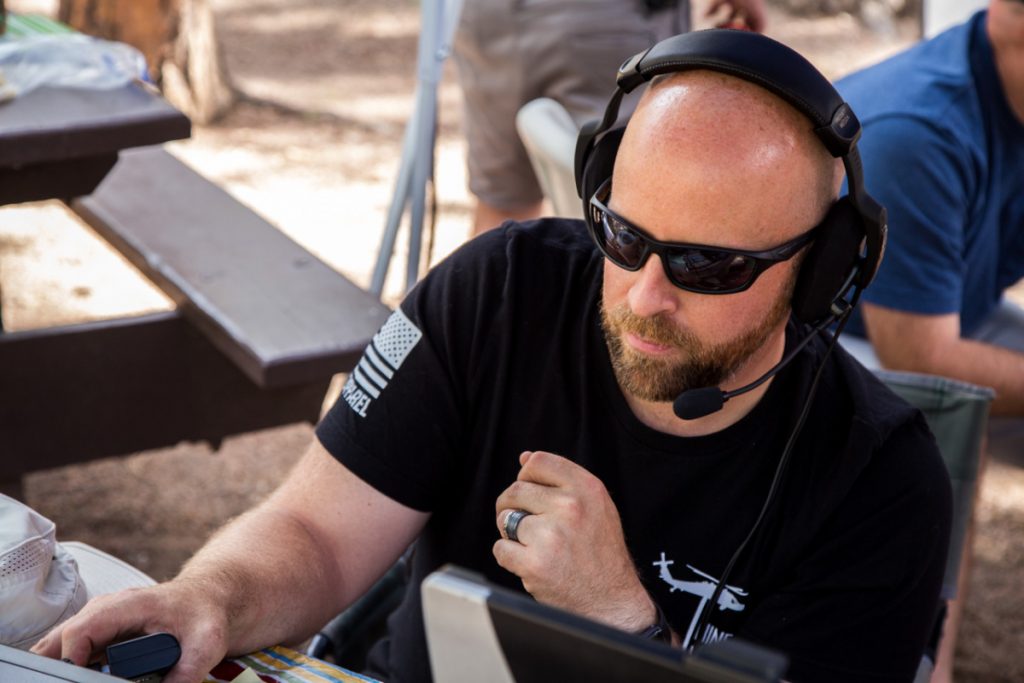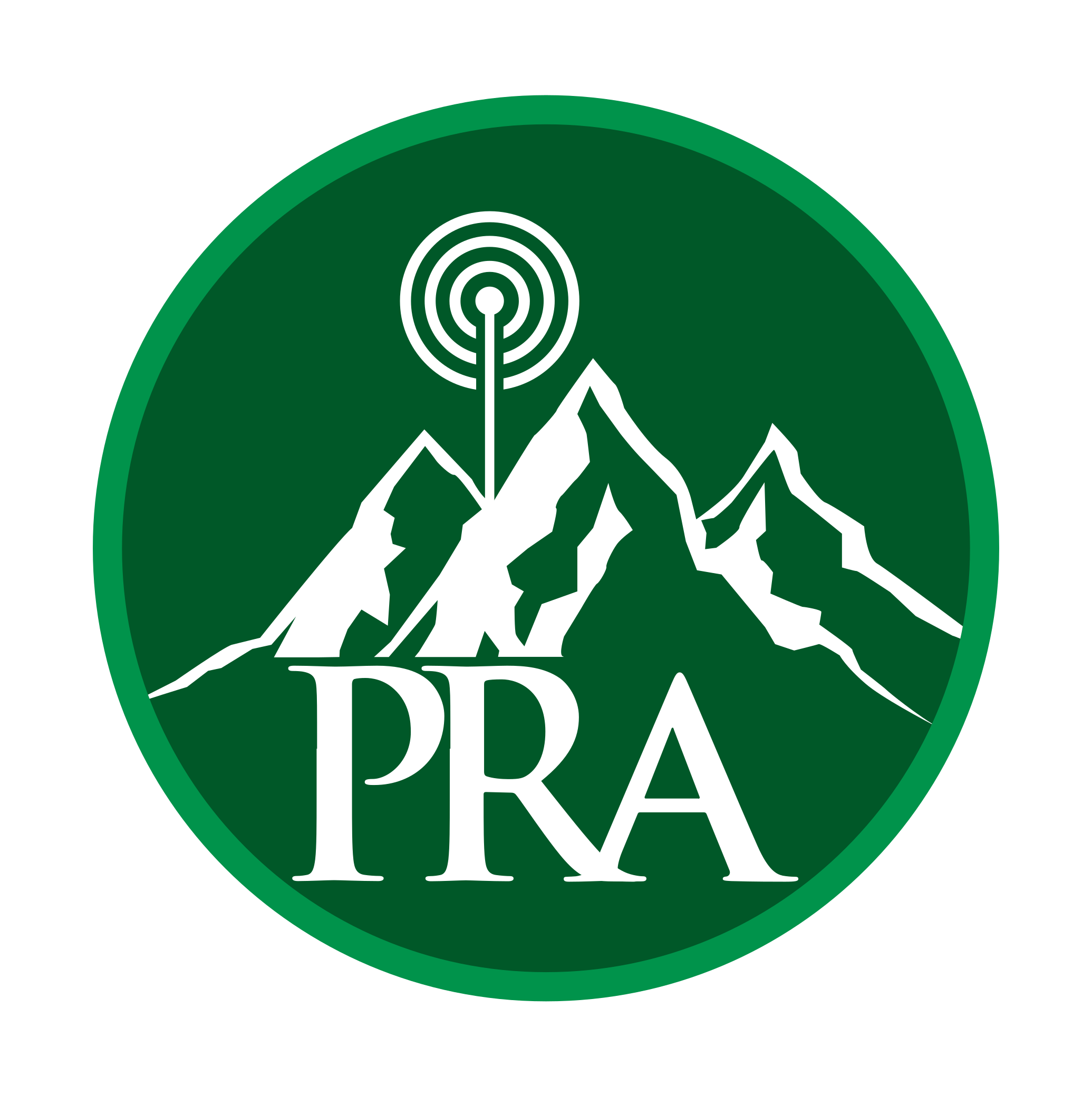
Over the last decade, I have been amazed at the number of new licensees to amateur radio. To date, there are over 776,000 licensed ham radio operators in the United States and approximately 3,000,000 worldwide. No doubt, by the numbers, the amateur radio service is strong. In Colorado, we are just shy of 20,000 licensed amateur radio operators. What is equally exciting behind the numbers is that with over 250 members, the PRA has roughly 1.25% of Colorado hams as members; not too shabby for an 8-year old group. What is also noticeable is that with 250 members, we get roughly 10% participating in nets and being active on our repeaters. Although not discouraged or disappointed in the numbers, I reflect back on when I was first licensed and what it took for me to break the threshold of feeling comfortable being on the local repeater routinely. Breaking that barrier took time, talent and treasures from a lot of fellow ham radio operators.
The buffet of options for newly licensed hams is something that I do not envy. When I was licensed in 1992, handheld digital modes like DMR, DStar, and Fusion were non-existent options. If you wanted a handheld radio, you operated analog. At that time, handhelds were mostly single band, but the emergence of dual band radio was slowly becoming more popular. Even with a dual band radio, analog was the only option. The great pains of programming radios without software was relatively simple with offsets and CTCSS codes being the only true elements needed to program your radio successfully. I lived for getting the hand-me-down of the ARRL repeater book from my Elmers to make sure I had my radio programmed with as much up-to-date information as possible. Yes, this was before the internet and readily available repeater directories online.
Fast forward to today and the plethora of handheld radio options are enough to make your head spin. Dual band, Tri-band, dual mode, analog/digital, DMR, Fusion, P25, D-Star. Now, add the programming logics of each that are independent by each mode and I can begin to see where today’s newest hams face a much steeper learning curve than what I faced 30-years ago. This, too, may also represent a barrier of getting on the air for the newest hams. With that, I am proud of the PRA membership that have stepped up to help new hams as an Elmer (a term used for those that help teach amateur radio). The monthly PRA Elmer Nights are a great venue for the newly licensed or returning ham to get up-to-speed and get questions answered on how to do certain things such as which radio is a good starter handheld, what programming software to use, what is a repeater, to name a few. This is also a great venue on how to make your first contact and how to check-in on a net. For many, checking in on a net is as simple as tying your shoes, but remember learning to tie your shoes? I remember the patience that both my parents provided during that learning curve. They guided me with patience, practice and mentoring to help me master the art of a sustainable shoelace tied well. The same premise and opportunity exists in amateur radio.
As outside activities are picking up and we are on the month-eve of our capstone event for the year, ARRL Field Day, may we have the courage to ask for help and guidance and may we also have the courage to share our time, talent, and treasures with our fellow amateur radio operators. Breaking those barriers generate benefits far beyond what we can see at that moment.
73,
Dan – N2SRK
President
Parker Radio Association

MADHU TULABANDU says:
Hi. I am Madhu VU2TBM came from India and staying in Parker. Joined PRA as Guest Member and attended monthly meeting today evening. Excellent activity by the PRA. Hope to meet u all in the coming up events. Will be in touch with PRA. 73s.
Dan Grady says:
Madhu,
Welcome to the PRA! Great to have you as a Guest. You are always welcome at any of our upcoming events.
73,
Dan